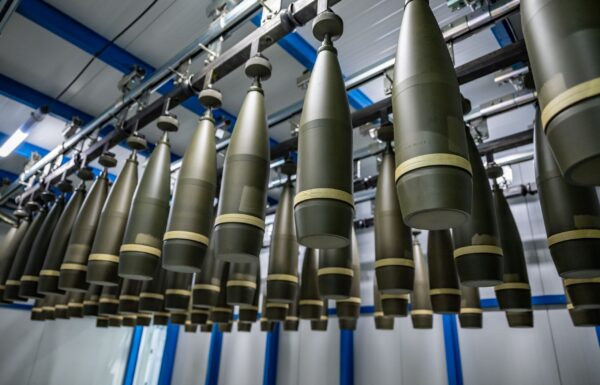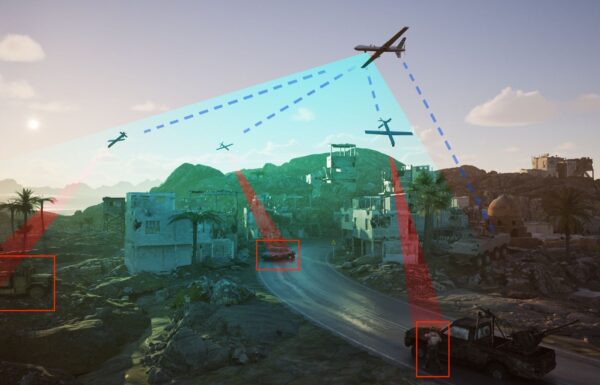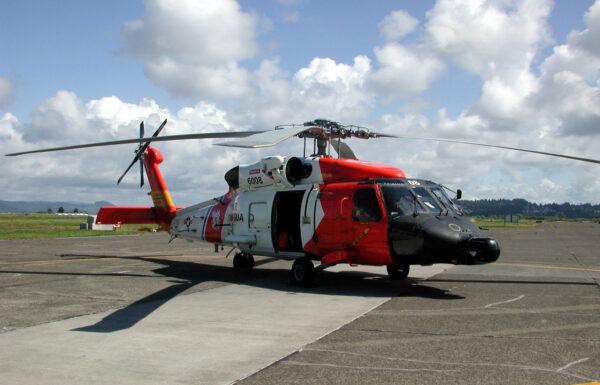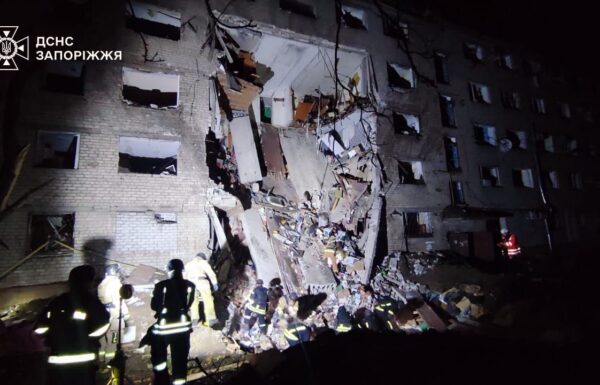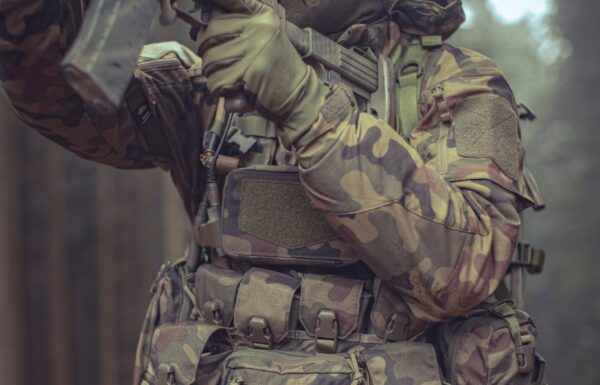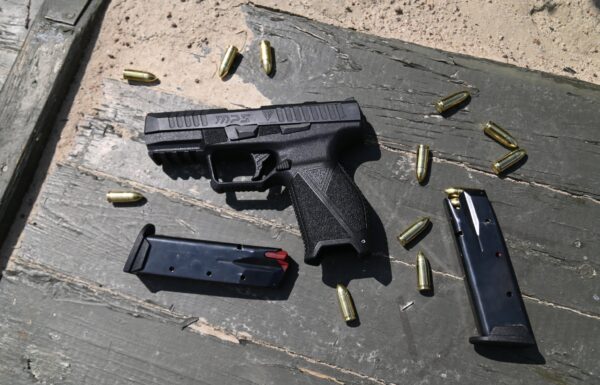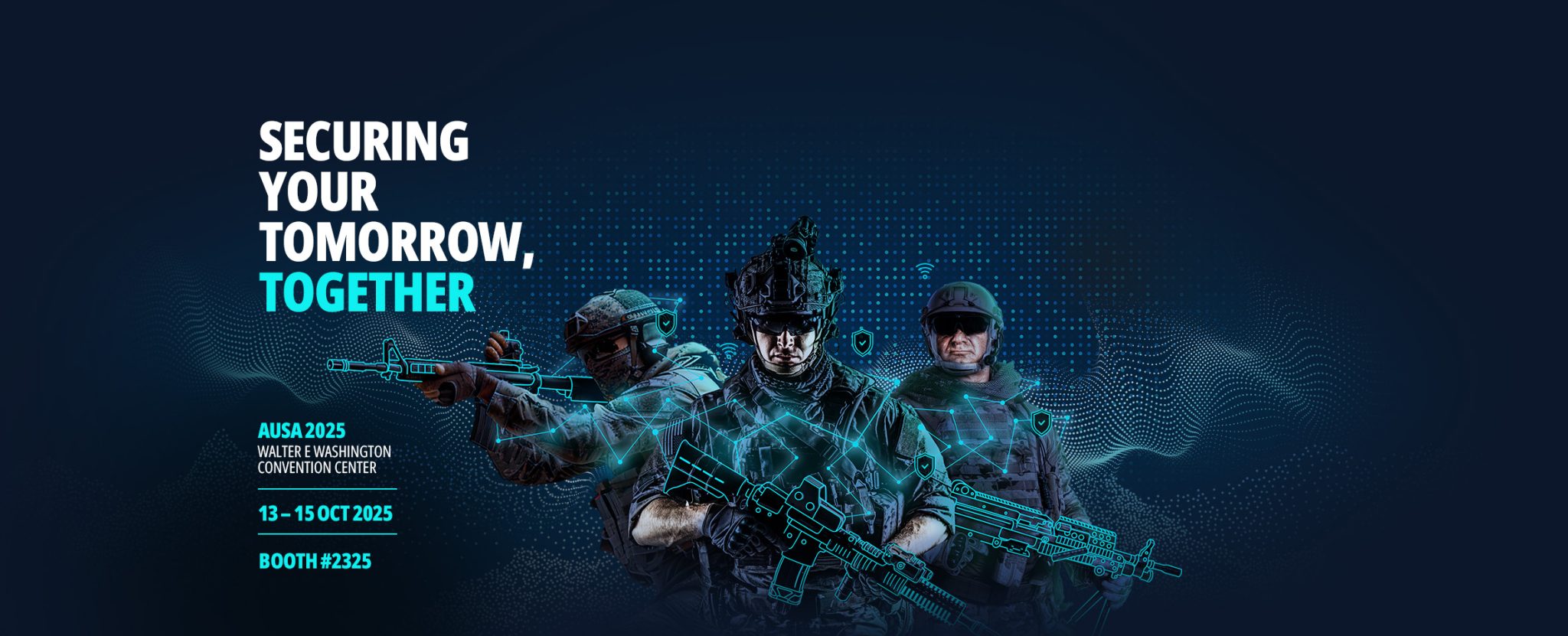During the AUSA 2025 military equipment exhibition (Association of the United States Army), held on October 13–15 this year at the Walter E. Washington Convention Center in Washington, D.C., the Singapore-based company ST Engineering (STE) showcased its latest innovations and strategic capabilities in defense technologies.
In line with the company’s motto “Securing Your Tomorrow, Together,” this year’s presentation featured future-ready solutions designed to meet the evolving defense needs of armed forces around the world.
- Bold Solutions for Complex Challenges: ST Engineering offers a diverse range of comprehensive solutions, strengthened by robust physical and digital engineering capabilities.
- A Strategic Partner for the Future: ST Engineering leverages its position as a strategic partner of the Ministry of Defence of the Republic of Singapore and national security agencies, complemented by an extensive global network of partners.
- Future-Ready Technologies: ST Engineering applies innovative technologies, such as artificial intelligence, to anticipate its customers’ needs and remain prepared for the challenges of tomorrow.
Some of the innovative products and solutions presented at AUSA 2025 included:
- MAK ONE: a complete suite of modeling and simulation applications with infrastructure tools for creating multi-domain synthetic environments featuring realistic geographical and environmental representations, accurate behaviors, and high-fidelity model precision. MAK ONE is fully customizable through configuration tools and APIs available at all levels of the technology stack
Source: MAK Technologies
- FPV drone simulator:
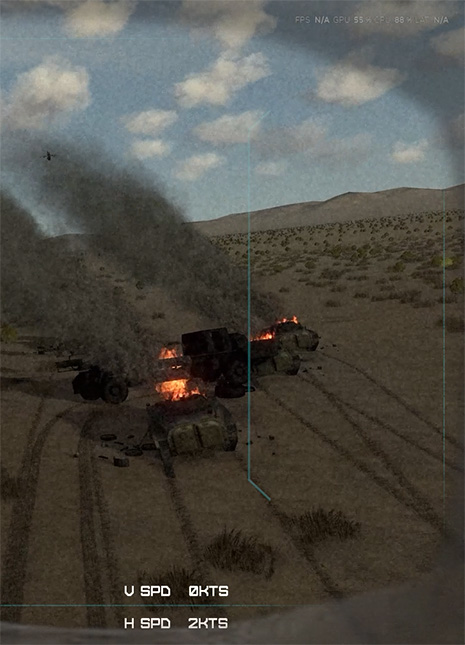
- Combat Platform Electronics:
- 360SA (360 Situational Awareness System) – an integrated vision system for armored vehicles based on See-Through-Armor (STA) augmented reality technology. It includes fusion cameras, integrated driver display panels, and a digital video control unit, providing closed-hatch armored vehicle commanders and infantry soldiers with enhanced situational awareness of their surroundings while inside the vehicle.
- Vehicular Integrated Communications System (VICS) is a comprehensive, rugged, and reliable integrated communication and networking solution for military and paramilitary applications operating in demanding tactical and mobile environments.
- AGIL 5G-in-a-Box is a high-performance, rugged server that combines multi-access edge computing and a 5G Mini-Core network in a single device. It enables rapid, ad-hoc deployment of private 5G networks without existing infrastructure, where durability, space, weight, and power output are key priorities, particularly for mobile platforms.
- Communications-on-the-Move (COTM) – a communications terminal designed specifically to support a wide range of military and commercial vehicles, providing robust, secure, and reliable communications in challenging terrains. The COTM terminal ensures instant and efficient satellite connectivity between military and commercial vehicles and platforms.
- SATCOM Integrated Module (SIM) – a comprehensive baseband solution that operates with any preferred Very Small Aperture Terminal (VSAT). The SIM module integrates an iDirect modem, RF modules, and network switches within a rugged, weather-resistant, compact enclosure.
- Modular Computing Server (MCS) – a rugged, configurable server designed to support artificial intelligence, cloud processing, and other high-performance edge computing applications, delivering advanced computing capabilities to a wide range of military and commercial vehicle platforms.
- Hybrid Electric Drive – an electric propulsion technology shaping the future of both combat operations and public safety, offering multiple tactical and practical advantages.
- AGIL counter drone system:
It is a scalable, multi-layered, AI-based suite of sensors and effectors with a command system — a counter-drone solution. It consists of a radar for drone detection using advanced 4D cognitive technology with Doppler capability to monitor the airspace. These radars provide long range and high-resolution tracking, enabling reliable detection of small and slow aerial targets — such as drones — even in electronically contested environments.
Another element is a radio direction-finding system operating in both low and high bands for precise geolocation and tracking of radio signals used to control drones. This includes compact, portable direction-finding units and smart drone-detection systems that continuously scan for control or telemetry signals.
The system features a built-in AI/ML decoding engine that enables detection without relying solely on signature libraries. Unlike conventional solutions that depend exclusively on signature databases, the drone decoder recognises waveform patterns characteristic of drones and classifies both known and unknown threats.
A low-light electro-optical/infrared (EO/IR) sensor provides visual and thermal signature tracking under minimal illumination, supporting around-the-clock surveillance. Working in concert with the AI/ML engine, it ensures reliable detection and identification of aerial targets.
Data from all detection and tracking modules are collected, processed, and fused into a unified interface by the real-time C2 (command-and-control) system. This allows operators to monitor airspace activity, assess threat levels, and execute appropriate mitigation measures — all from a central control point, in both autonomous and manual modes.
The following countermeasures are used against drones:
- a jammer that disrupts control and navigation signals in a non-kinetic manner;
- an omnidirectional and directional multi-band RF jammer that interferes with communication links and navigation signals across multiple frequencies;
- cyber-takeover technology that allows seizure of control of drones in flight by exploiting vulnerabilities in their communication protocols. Once seized, a drone can be safely redirected, forced to land, or isolated from the operational area;
- a GNSS spoofer — technology that emulates legitimate satellite signals to corrupt positioning accuracy, causing the drone to deviate from course or trigger premature landing. This method is particularly effective against autonomous or pre-programmed drones.
ST Engineering also showcased other solutions, such as:
- AGIL Vision Guardian – an advanced video analytics system;
- A full range of 40 mm grenades for kinetic counter-drone engagement;
- Large-calibre ammunition in 120 mm and 155 mm;
- Multi-node tactical 5G communication networks and a satellite communications manpack;
- Ruggedised Miltope computer systems.



